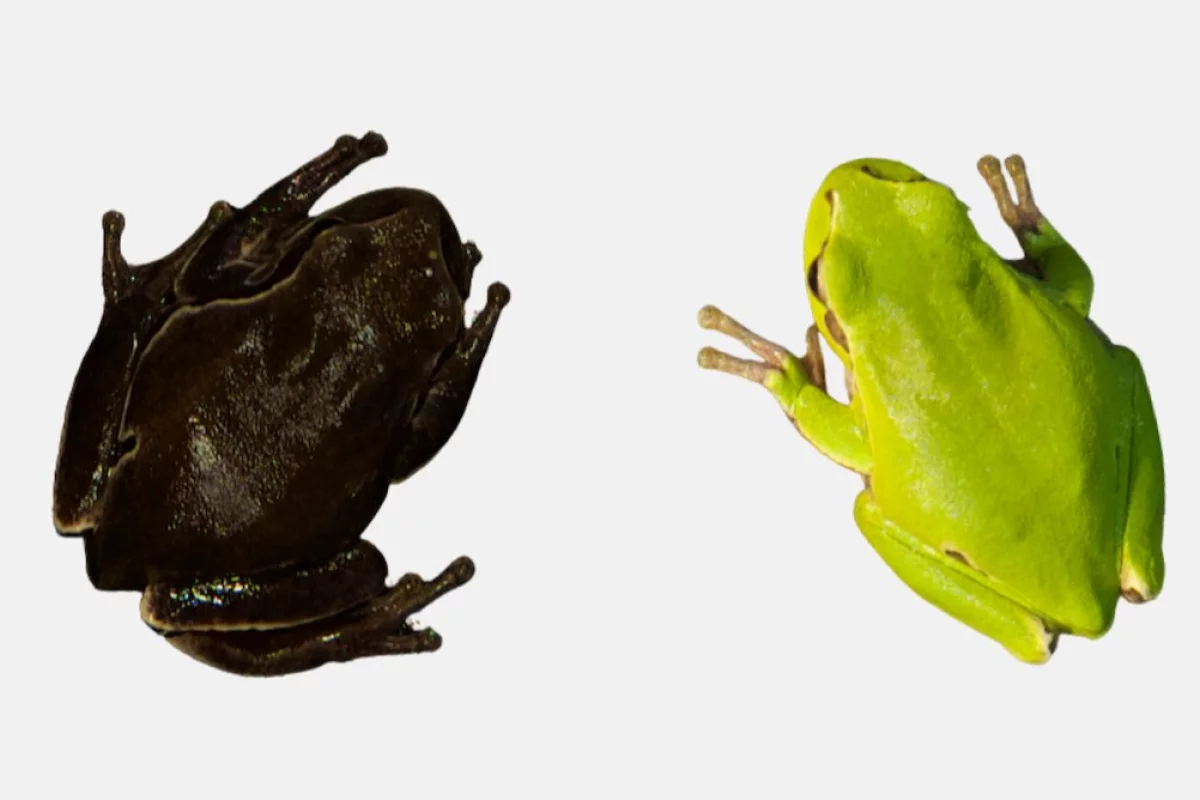Evolution is the result of environmental pressures forcing species to adapt, and few environments exert pressures like the Chernobyl exclusion zone. A new study has revealed evolution in action as frogs within the radioactive region seem to be turning blacker than those outside the zone.
The explosion at the Chernobyl Nuclear Power Plant in 1986 released a huge amount of radioactive material into the environment and it is now at the center of an exclusion zone encompassing 1,000 sq miles (2,600 sq km). If there’s a silver lining to be found from one of the worst catastrophes humans have ever unleashed on the world, it’s that the area has become a nature reserve that houses a range of species.
This unique environment offers scientists an unprecedented glimpse into a microcosm of nature – in this case, evolution. How might animals within the exclusion zone be adapting to the higher levels of radiation in their environment?
In 2016, the team on the new study found a few Eastern tree frogs in the Chernobyl exclusion zone that were black, rather than their usual bright green color. The researchers wondered if this was the result of natural selection from the higher radiation in the area.
To investigate, the team returned for follow-up studies over the next few years, collecting more than 200 eastern tree frogs from 12 ponds with different levels of radioactive contamination, including four sites outside the zone for comparison’s sake.
And sure enough, they found that the closer the frogs lived to areas with high radiation levels, the darker they were. Those individuals living within the exclusion zone were on average 43.6% darker than those outside, with some of them almost pitch black.

Why would this environment turn frogs black? The team says that melanin, the pigment that darkens the skin of animals, works to reduce cell damage caused by radiation. Normally that’s ultraviolet radiation from the Sun, but it’s also been shown to protect against ionizing radiation like that present at Chernobyl. This means that individuals with darker skin will be less likely to experience cell damage after radiation exposure.
The team hypothesizes that at the time of the accident, frogs in the area that happened to be darker suddenly had an advantage in the new extremes of this environment, meaning they were more likely to survive and reproduce. After three and a half decades and more than 10 generations of frogs, dark skin is now the norm in the exclusion zone.
It’s a fascinating little case study into evolution, and further work could help scientists better understand the impacts of nuclear disasters and how ecosystems can recover.
The research was published in the journal Evolutionary Applications.
Source: The Conversation




